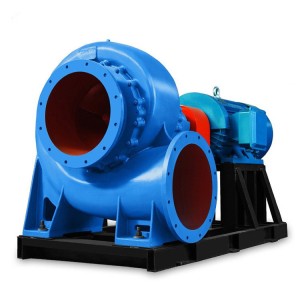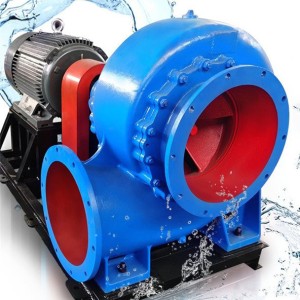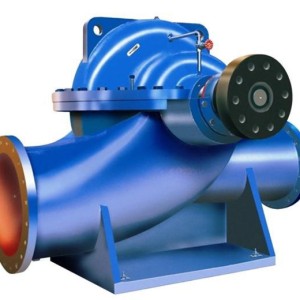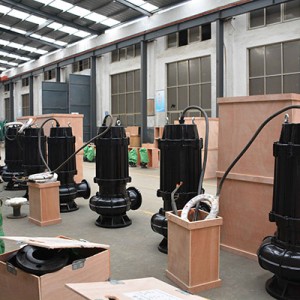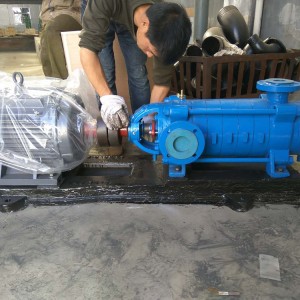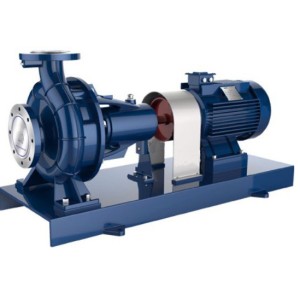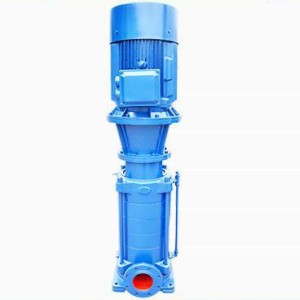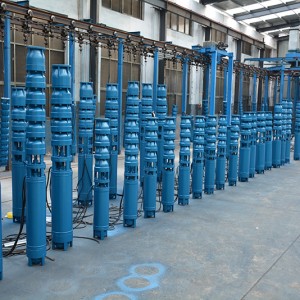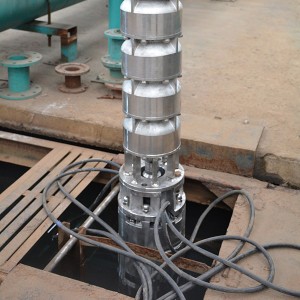The drainage pumps used in the building include submersible sewage pumps, submerged sewage pumps, vertical sewage pumps and horizontal sewage pumps. Since the general site in the building is small and the drainage volume is not large, the submersible sewage pump and the submerged sewage pump can be preferentially used for the drainage pump. The submerged sewage pump is generally used in important places; vertical sewage pumps and horizontal sewage pumps require partitions. It is seldom used in construction because it has earthquake foundation, self-irrigation water absorption, and occupies a certain space.
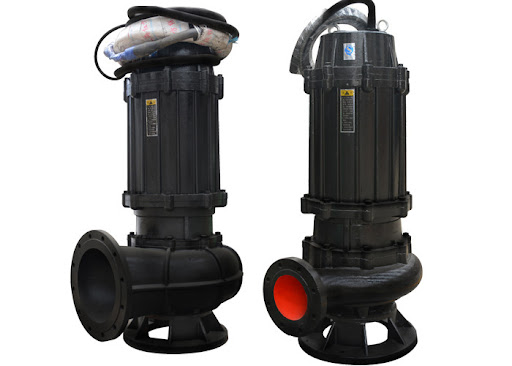
The flow rate of the drainage pump should be selected according to the second flow rate of the living drainage design; when the drainage volume is adjusted, it can be selected according to the maximum hourly flow rate of the living drainage. The flow of the drainage pump in the fire elevator sump is not less than 10L/s. After the head of the drainage pump is calculated and determined according to the lifting height and pipeline loss, a certain free head is added. The free head should be 0.02~0.03MPa. The flow velocity of the suction pipe and outlet pipe of the drainage pump should not be less than 0.7m/s, and should not be greater than 2.0m/s. A standby pump should be set up in public buildings with each living drainage catchment as a unit, and it should be operated alternately at ordinary times. If there are two or more drainage pumps for the drainage of the basement, equipment room, and garage, the equipment does not need to be used. When the sump cannot be equipped with an accident drain, the pump should have an uninterrupted power supply; when the drain and inlet pipe can be closed, the uninterrupted power supply may not be provided, but an alarm device should be installed. When lifting sewage and wastewater with large impurities, the outlet pipes of submersible sewage pumps in different sumps should not be discharged together; when lifting general wastewater, consider the submersible sewage pump outlet pipes of different sumps to be discharged together according to the actual situation. . When two or more water pumps share a water outlet pipe, a valve and a check valve should be installed on each water pump outlet pipe. When the drainage of a single water pump may cause backflow, a check valve should be provided. It is not allowed to merge the pressure drainage port and the gravity drainage pipe in the building to discharge. When the submersible sewage pump contains large debris, the submersible sewage pump should be equipped with a crushing device; when the sewage contains more fibrous materials, a large channel submersible sewage pump should be used. When the submersible sewage pump motor power is greater than or equal to 7.5kW or the outlet pipe diameter is greater than or equal to DN100, the water pump fixed autocoupling device can be used; when the submersible sewage pump motor power is less than 7.5kW or the water outlet pipe diameter is less than DN100, the soft Pipe mobile installation. When a submersible sewage pump is used for drainage of the sewage collection tank, a fixed auto-coupling device of the water pump should be installed to facilitate the maintenance of the water pump. The drainage pump should be able to start and stop automatically and manually on site. Multiple pumps can be operated alternately in parallel, or put into operation in sections.
Shenlong Pumps sells a variety of submersible sewage pumps, welcome to buy.
Post time: 2021-12-07


